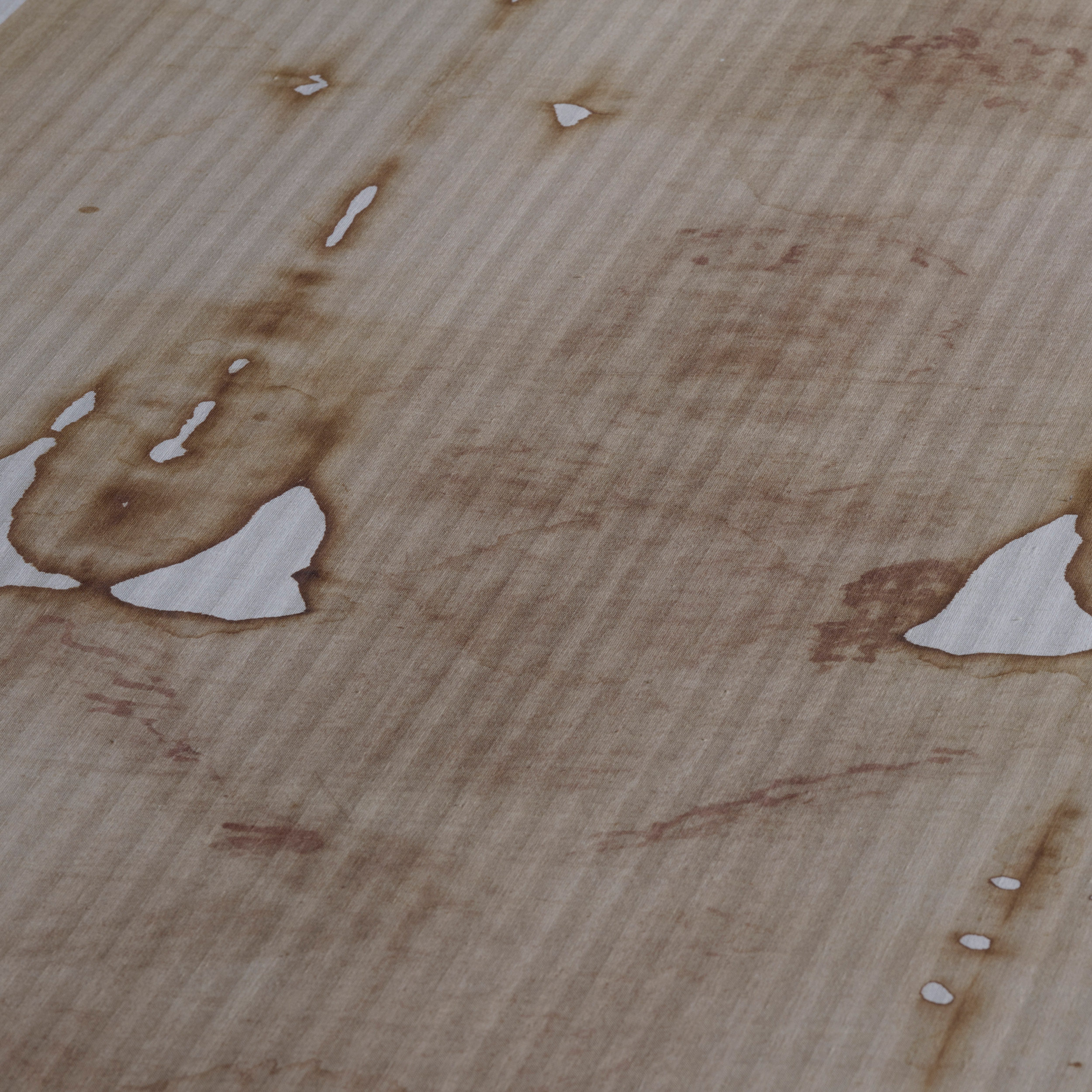The Shroud is the most studied fabric worldwide, at least since 1898, after the famous photography made by Secondo Pia, who noticed in the negative the picture imprinted in the Holy Linen. It is a very ancient shroud which has definitely covered a body with a series of wounds, a body nobody links to the evangelic story of the Jesus of Nazareth crucifixion.
The probability that it was him is very high. The Shroud was property of the Savoia family, who brought it in Piemonte in 1576 from Chambery. A choice made after San Carlo Borromeo votive pilgrimage, following the plague hitting Milano, Bergamo and Brescia.
It is still preserved in the Duomo of Torino, left in heritage by Umberto II di Savoia to the Pope, with the obligation to keep it in Piemonte.
